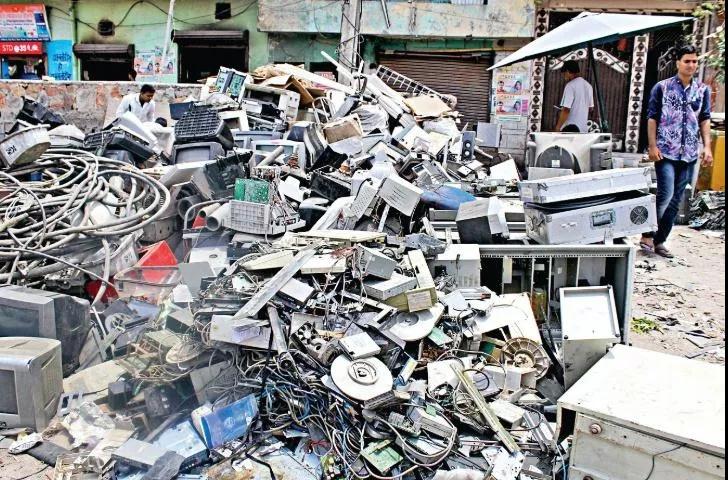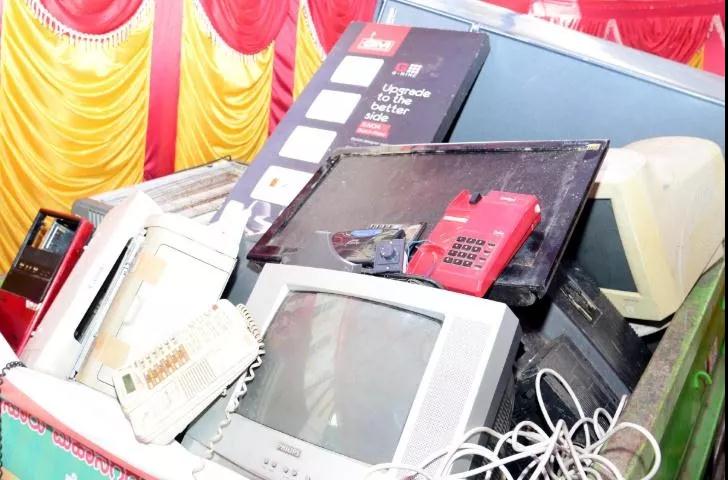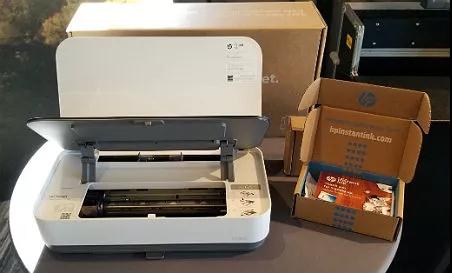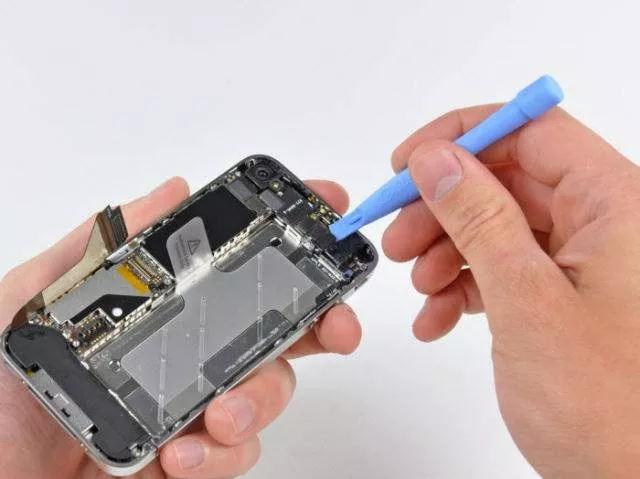According to Indian media, Indiatimes recently reported that India produces about 2.5 million tons of electronic waste each year, including discarded computer monitors, motherboards, mobile phones and chargers, compact discs, headphones, televisions, air conditioners and fridge, of which only 1.5% are recycled. .
Over the years, the amount of e-waste made in India has grown by an average of 30% per year. Due to consumer habits and technological progress, this trend is expected to continue or even increase in the future. At the same time, the accumulation of e-waste has also become a major concern of the country.
According to data from Global E-Waste Monitor, India's e-waste volume is only fifth after the United States, China, Japan and Germany.

In 2060, the global consumption of electronic raw materials will double
According to the 2019 report of the world economic forum on electronic waste plastics, by 2021, the total amount of electronic waste generated each year will exceed 52 million tons, and the use of electronic and electrical equipment will continue to rise.
It is predicted that by 2020, the number of connected devices will reach 25-50 billion, which is almost three times the total number of people on earth! In addition, global consumption of electronic raw materials will double by 2060, according to the organization for economic cooperation and development (OECD).
Most of the growth in usage comes from developing countries and regions, mainly because these emerging regions are actively integrating into the global interconnected economy.
In addition, by 2040, the use and production of electronic products, including PCs, laptops, monitors, headphones and tablets, will generate 14% of the global total carbon emissions, equivalent to half of the global total traffic emissions.

According to estimates by the United Nations University in Vienna, by 2050, the amount of e-waste generated each year may exceed 120 million tons.
All electronic equipment has a span life. If it is not properly disposed of at the end of its service life, it will cause a large amount of electronic waste and threaten the environment.
Five plans to create a zero-e-waste recycling economy
So, how to deal with the problem of electronic waste? The World Economic Forum stated that it was necessary to move from a linear economy to a circular economy through system upgrades.
To create a circular economy for electronic products, it can be achieved through different business models, including the transition of hardware products to online services (such as cloud services), value sharing, extending product life, and terminal recycling. cooperation.
To this end, the World Economic Forum has proposed the following five major plans:
1.Creating a zero-waste product value chain design
Rethink product design to ensure product durability and ultimately safe recycling. In this regard, many companies have made global commitments, such as achieving zero-waste product value chain design and designing non-toxic electronic products. Enterprises should share these experiences with the entire industry to create an open competitive environment.
In addition, the durable design can ensure that electronic equipment has a longer circulation time. When designing products, manufacturers should take the product's service life as an important consideration for product configuration, and design products that are easy to disassemble and reuse. Adopting a systematic design concept and redesigning the entire electronic equipment life cycle to achieve a circular economy can create more value in the system.

2.Provide repurchase or trade-in services
More and more electronics manufacturers can offer repurchase or trade-in services for old equipment. This will give consumers economic benefits, encourage them to accept this service, and guarantee that their data will be properly processed.
In this regard, Apple, Samsung, Xiaomi, Huawei, etc. all provide corresponding services. For example, the CC9 Pro of Xiaomi's 100 million pixels was launched for sale last month, and a service of up to 1,000 yuan was replaced with a new one.

Xiaomi CC9 Pro with 100 million pixels.
3.Create advanced recycling and reuse systems
Businesses and governments can cooperate to build a closed-loop production system in which all old electronics are collected and materials or components are then reintegrated into new products. This requires new fiscal incentives and policy levers, as well as the active participation of the corporate sector.
For example, HP introduced the HP Tango Terra Printer, a printer made of 30% recycled plastic, and claimed it to be the world's most environmentally friendly home printing system.

At the same time, the recycling industry will also need to upgrade to improve the quality of recycled products, because in some cases, the quality of recycled materials cannot be used for new electronic products.
Countries have also launched relevant goals. For example, in China, our goal is to reach 20% of all new electronic products by 2025.
4.Improve durability and repair services
Recycling post-consumer electronic and electrical products alone is not enough to solve the problem of electronic waste. Manufacturers also need to provide well-designed electronic products with long service life to the society.
At the same time, manufacturers also need to provide adequate repair services for electronic products, and some countries also include product warranty services into the legal system. After maintenance, repair and refurbishment of electronic equipment, the span life can be further extended.

Because the value of second-hand electronics exceeds the value of individual components, and the value of individual components is one level higher than the value of raw materials, second-hand electronics and recycled components represent a significant market opportunity.
5.Provide reverse logistics supply chain services
When the life of an electronic product is over, collecting and reintegrating it into the production process is called a reverse supply chain.
Unlike the traditional one-way supply chain, in the reverse supply chain, the movement and handling of materials are not affected by the value of the finished product. Instead, they must rely solely on the value of the raw materials, so they need an efficient and economical reverse supply chain model to achieve safe and responsible delivery and ensure that materials do not flow into inappropriate industries.

Through the above five measures, it will help solve the global electronic waste plastic problem, and also be an important part of promoting the circular economy of plastics.
<HDPE/PP bottles recycling solution , http://www.get-recycling.>

